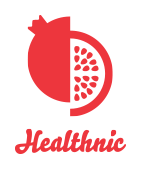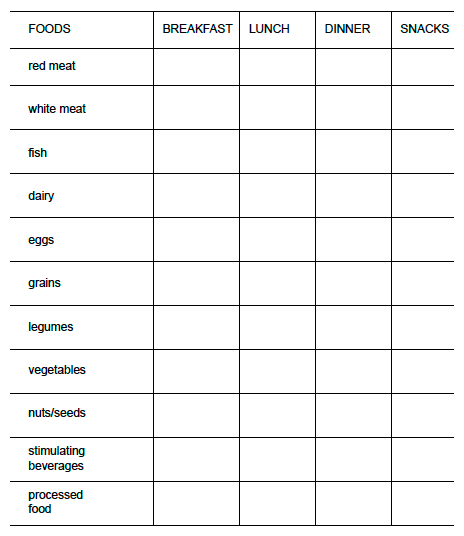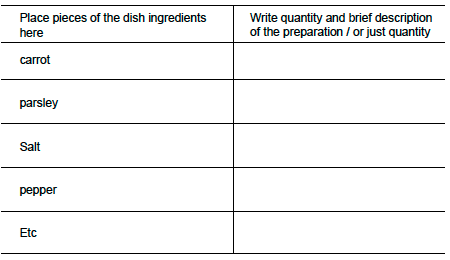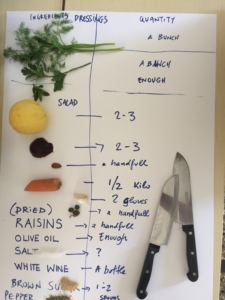-Allocca, Kevin. “Why Videos go Viral.” TED Video. 7:16. November 2011. http://www.ted.com/talks/kevin_allocca_why_videos_go_viral
-Barrett, Helen C. “How to Create Simple Digital Stories.” Accessed July 17, 2014. http://electronicportfolios.com/digistory/howto.html
-Bruner J. Actual minds, possible words. Cambridge, Massachusetts: Harvard University Press; 1988
-Carr D., Narrative and the real world: an argument for continui ty. Hist Theory 1986
-Clark MC, Standard P. The caregiving story: how the narrative approach informs caregiving burden. Iss Ment Hea Nur 1996
-Currier, Alyce. “One Nation Under Video.” Accessed July 17, 2014. http://wistia.com/blog/onenationunder-video
-Dolto Francoise, Tout est langage, éd. Gallimard, Paris, 1995
-Dolto Francoise, Une psychanalyste dans la cité. L’aventure de la Maison verte, éd. Gallimard, Paris, 2009
-Dreon Oliver. “Digital Storytelling Overview.” YouTube video, 4:56. March 27, 2010. https://www.youtube.com/watch?v=wCFj412QBgA
-Digistories. “How is a digital story made?” Accessed July 17, 2014. http://digistories.co.uk/digistories-2/how-is-a-digital-story-made/
-Digital Storytelling for Social Impact https://www.rockefellerfoundation.org/blog/digitalstorytellingsocial-impact/
-Digital Storytelling as a Social Work Tool: Learning from Ethnographic Research with Women from Refugee Backgrounds http://bjsw.oxfordjournals.org/content/early/2013/11/19/bjsw.bct184.abstract
-Elaine Lawless. Women Escaping Violence: Empowerment through Narrative. Columbia and London: University of Missouri Press, 2001
-Gergen KJ, Gergen MM. Narrative and the self relationship. Ad Exp Soc Psychol 1988
-Bán D., Nagy B., Digital Storytelling in Practice, training manual for digital storytelling workshops, output of the “i-DIGital Stories – Stories Educational Learning Facilities” project financed by the European Commission n. 2015-1-IT02-KA204-015181 – English version: http://idigstories.eu/wp-content/uploads/2016/09/Digital_Storytelling_in_Practice.pdf available in Italian, Hungarian, Greek and Polish on http://www.idigstories.eu )
-Gregory Bateson, Steps to an Ecology of Mind (1972) The message ‘this is play.’ In B. Schaffner (Ed.), Group Processes (1956)
-Halpern, Joseph, and Alma E. Lantz. “Learning to utilize information presented over two sensory channels.” Perception & Psychophysics 16, no. 2 (1974): 321-328.
-Hétmilliárd digitális történet. Beszélgetés Joe Lamberttel [Seven billion digital stories. Interview with Joe Lambert]. Anthropolis 7.1 (2012)
-Hilliger, Laura. “Introduction to Topic #2: Digital Storytelling”. Accessed July 17, 2014. http://etmooc.org/blog/2013/02/02/introduction-to-topic-2-digital-storytelling/
-Lambert, Joe. Digital Storytelling: Capturing Lives, Creating Community. New York: Routledge, 2013
-LeeSing, A. Curtis, and Carol A. Miles. “The relative effectiveness of audio, video, and static visual
-computer-mediated presentations.” Canadian Journal of Education/Revue canadienne de l’education (1999): 212-221
-Margaret Mead, People and Places (1959; a book for young readers), Continuities in Cultural Evolution (1964), Culture and Commitment (1970)
-Mauchland, Betty. “Jimmy’s Story.” Pilgrim Projects Limited video. Last modified June 25, 2014. http://www.patientvoices.org.uk/flv/0047pv384.htm
-Microsoft. “Movie Maker” Accessed July 17, 2014. http://windows.microsoft.com/en-ca/windowslive/movie-maker
-Morales, Robert. “Youth Leaders Speak.” Vimeo video, 4:39. No date. http://silencespeaks.org/youth-leaders-speak/
-Muchmore, Michael. “Windows Movie Maker.” Accessed July 17, 2014. http://www.pcmag.com/article2/0,2817,2426904,00.asp
-Overcah Janine, Narrative research: a review of methodology and relevance to clinical practice, Crit Rev Oncol Hematol., 2003
-Sandelowski M. Telling stories: narrative approach in qualitative research. Image 1991
-Schützenberger Anne Ancelin , Aïe, mes aïeux! Liens transgénérationnels, secrets de amille, syndrome d’anniversaire, transmission des traumatismes et pratique du génosociogramme Paris, Desclée de Brouwer, 1988
-Schützenberger Anne Ancelin, The Ancestor Syndrome, Londres & New York, Routledge, 1998
-Steffen V. Life stories and the shared experience. Soc Sci Med 97. 1997
-Stivers C. Reflections on the role of personal narrative in social science. In: Diana Tiejens Meyers
-(Ed.), Feminists rethink thee Self. Boulder , CO: Westview Press; 1993 University of Mary Washington. “DS106.” Accessed July 17, 2014. http://ds106.us/
-Visser, Jasper. “How to Tell a Story that Stands out in the Digital Age?” Accessed July 17, 2014. http://themuseumofthefuture.com/2012/10/11/digital-storytelling-how-to-tell-a-story-that-standsout-in-the-digital-age/



